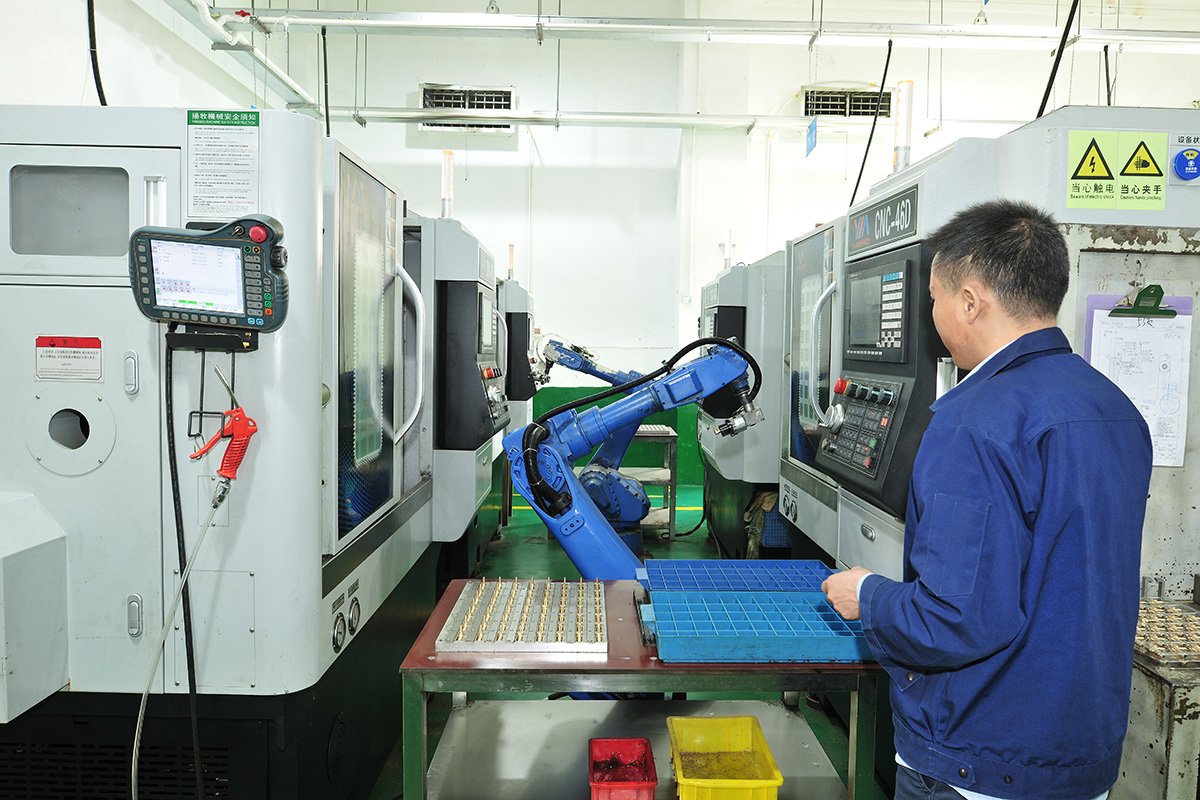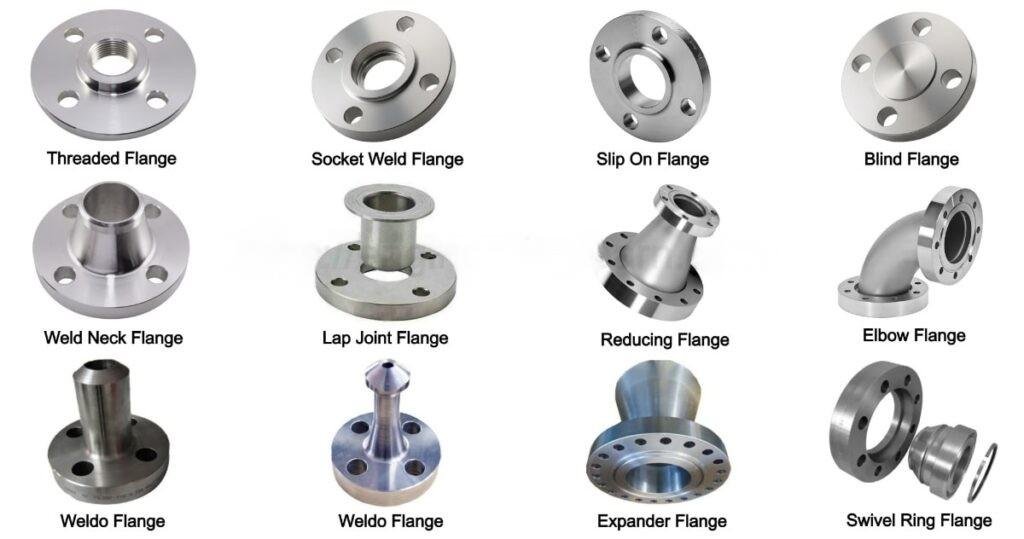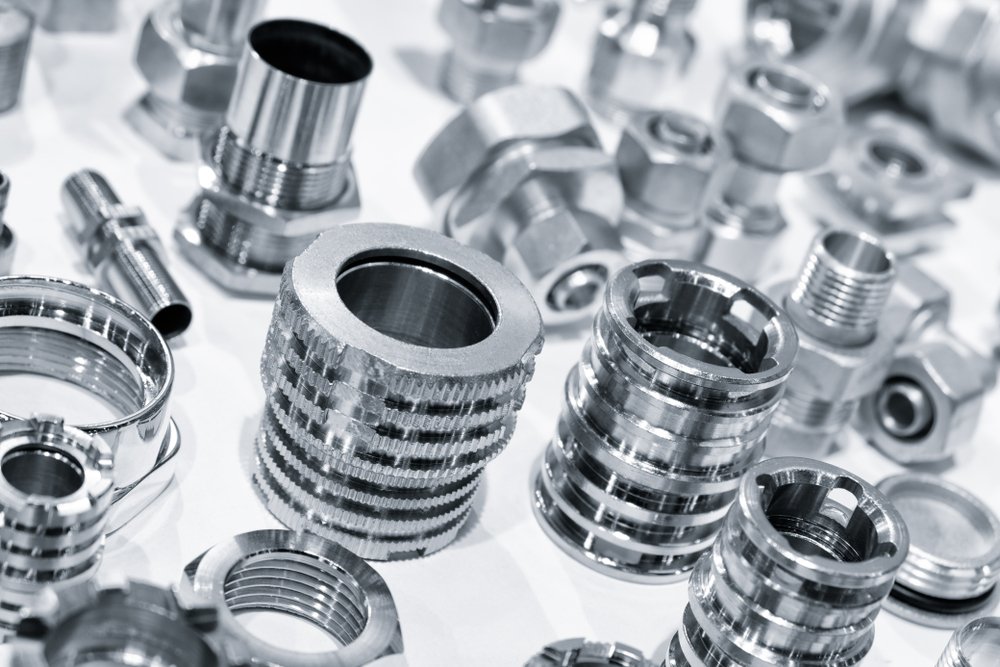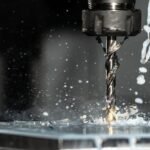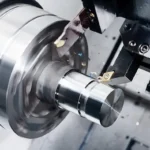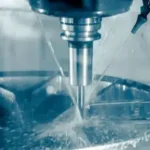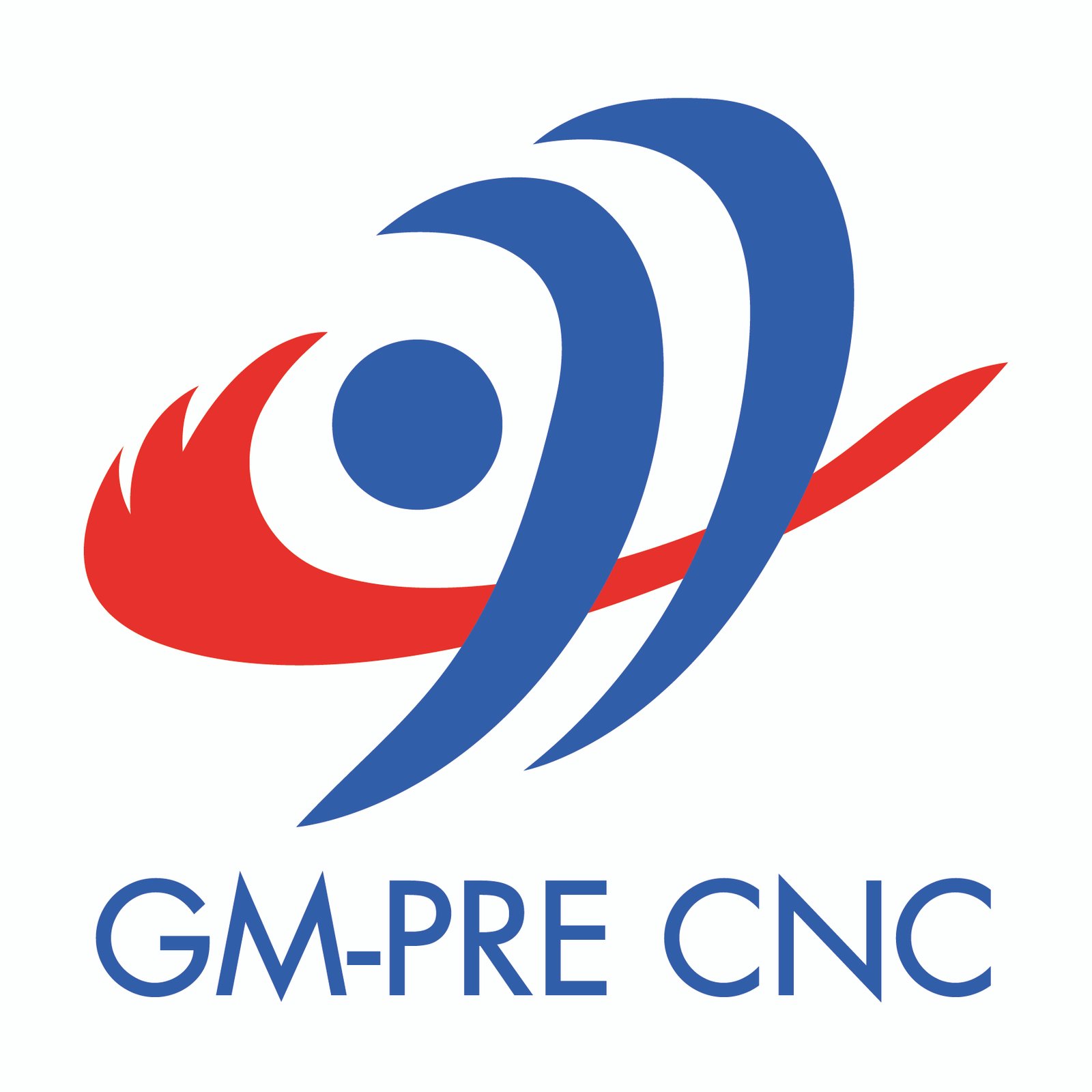Introduction
In modern industrial manufacturing, Computer Numerical Control (CNC) technology has become an essential part. CNC technology allows for the automated processing of a variety of materials with remarkable accuracy and efficiency by using computer programming to control machinery.. The creation of precision parts depends on this technology, which is widely utilized in numerous industrial domains.. The parts processed by CNC technology in several industrial domains will be examined in this article, along with their benefits and drawbacks.
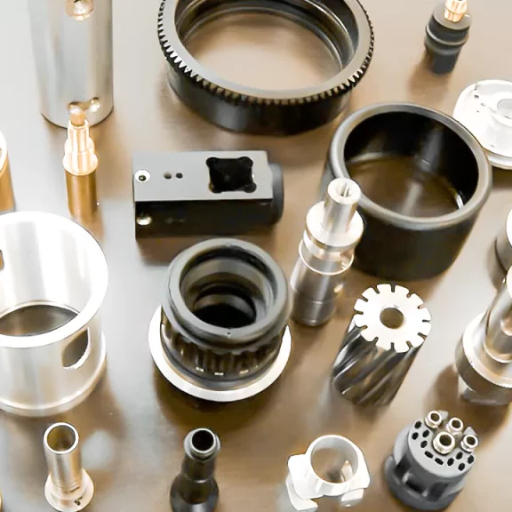
CNC – Processed Parts in Different Industries
Automotive Industry
Engine Components
- Camshaft: The camshaft is a vital part of the engine.Camshafts that satisfy stringent quality criteria can be produced using CNC machining, guaranteeing the engine operates smoothly. Engine valve opening and closing can be optimized by precise camshaft lobe machining, increasing power output and fuel efficiency.
- Cylinder Head and Intake Manifold: These parts have complex internal structures. CNC machining can accurately create the intricate channels and ports in cylinder heads and intake manifolds. For example, the combustion chambers in cylinder heads need to be precisely machined to ensure proper fuel – air mixture combustion, enhancing engine performance.
Transmission Components
- Gears: CNC machining can produce gears with high precision, ensuring smooth power transfer in the transmission system. The accurate tooth profiles of gears made by CNC machines reduce noise and wear during operation, improving the overall durability of the transmission.
Chassis Components
- Suspension Parts: Suspension components like control arms and strut mounts require high strength and precise dimensions. CNC – machined suspension parts can meet these requirements, providing better handling and stability for the vehicle. They can also be designed with lightweight materials such as aluminum alloys through CNC machining, reducing the vehicle’s unsprung weight.
Aerospace Industry
Engine Parts
- Turbine Blades: Turbine blades in aircraft engines operate under extremely harsh conditions, requiring high precision in manufacturing. CNC machining can create turbine blades with complex aerodynamic shapes. The ability to control the machining process precisely ensures that each blade has consistent performance, which is crucial for the efficiency and reliability of the engine.
- Engine Casings: Engine casings need to be both lightweight and strong. CNC machining can work with materials like titanium alloys to produce engine casings with precise dimensions, ensuring a proper fit for all internal components and withstanding high – pressure and high – temperature environments.
Airframe Components
- Fuselage Parts: Parts of the aircraft fuselage, such as wing attachment points and frame sections, are made using CNC machining. This ensures the structural integrity of the fuselage, as the precision of CNC – machined parts allows for a perfect fit during assembly, reducing stress concentrations and improving the overall strength of the aircraft.
- Forceps and Scalpels: Surgical instruments require high precision and sharp edges. CNC machining can produce forceps with smooth – moving joints and precise tip alignments, allowing surgeons to perform delicate procedures with greater control. Scalpels made through CNC machining can have extremely sharp and consistent cutting edges, minimizing tissue damage during surgery.
Implants and Prosthetics
- Dental Implants: Dental implants need to be precisely sized and shaped to fit the patient’s jawbone. CNC machining can create dental implants with high accuracy, ensuring a proper fit and better osseointegration, which is the process of the implant fusing with the bone.
- Artificial Joints: Hip and knee replacements are examples of artificial joints. CNC – machined artificial joints can be customized according to the patient’s anatomy. The precision of CNC machining allows for the creation of smooth surfaces on the joints, reducing friction and improving the longevity of the implant.
Electronics Industry
Circuit Board Components
- Connectors: Connectors in circuit boards require high – precision machining to ensure a proper connection. CNC machining can produce connectors with accurate pin positions and shapes, reducing the risk of electrical malfunctions due to poor connections.
- Heat Sinks: Heat sinks in electronic devices need to have specific shapes and surface areas to efficiently dissipate heat. Heat sinks with intricate fins and patterns can be produced by CNC machining, optimizing heat transfer surface area while preserving the necessary dimensions for electronic device integration.
Advantages of CNC – Machined Parts
High Precision
CNC machines can achieve extremely high precision. In many industries, such as aerospace and medical, even the slightest deviation in part dimensions can lead to serious consequences. For example, in aircraft engine manufacturing, the tolerance of turbine blades can be within micrometers. CNC machining can consistently meet these tight tolerances, ensuring the quality and performance of the final product.
Complex Shape Machining
CNC technology, especially with multi – axis machines, can handle complex geometric shapes that are difficult or impossible to achieve with traditional machining methods. In the automotive industry, engine components like cylinder heads with complex internal cooling channels and combustion chambers can be accurately machined by CNC machines. This design flexibility allows engineers to create more efficient and innovative part designs.
Consistency and Repeatability
Once a CNC program is set, the machine can produce identical parts with a high degree of consistency. In mass production, this is extremely important. For example, in the production of automotive gears, each gear needs to have the same dimensions and tooth profiles to ensure smooth operation of the transmission system. CNC machining can guarantee that every gear produced meets the exact specifications, reducing the likelihood of defective products.
Material Versatility
CNC machining can work with a wide range of materials, including metals (such as aluminum, steel, and titanium), plastics, and even some composites. In the aerospace industry, titanium alloys are often used due to their high strength – to – weight ratio, and CNC machines can effectively machine these materials.
Disadvantages of CNC – Machined Parts
High Initial Cost
The cost of purchasing a CNC machine is relatively high, especially for high – precision and multi – axis models. Additionally, the software for programming and operating the CNC machine, as well as the cost of training operators, also add to the initial investment. Small – scale manufacturers may find it difficult to afford such high – cost equipment.
Time – Consuming Programming
For each new part design, a CNC program needs to be created. This programming process can be time – consuming, especially for complex parts. Programmers need to have a good understanding of both the part design and the capabilities of the CNC machine. Any errors in the program can lead to incorrect machining of the part, resulting in material waste and additional costs.
Slow Production Speed for Large – Scale Production
Although CNC machines are highly accurate, their production speed may be slower compared to some other mass – production methods, such as injection molding for plastic parts. In large – scale production, the time taken to machine each part can accumulate, leading to longer overall production times. This may not be ideal for industries with high – volume demands, like the consumer electronics industry during peak production seasons.
Limited Material Removal Rate
CNC machining is a subtractive manufacturing process, which means it removes material from a workpiece to create the desired shape. The rate of material removal is limited, especially when working with hard materials. This can be a drawback when large amounts of material need to be removed to create a part, as it can increase the machining time and cost.
In conclusion
CNC technology has had a huge effect on many industries by making it possible to make precise and high-quality parts.It’s very useful in electronics, airplanes, medicine, and cars because it can make parts that are very accurate, work with difficult shapes, and always be the same quality.But the high starting cost, programming that takes a lot of time, relatively slow production speed for large-scale production, and low rate of material removal are all things that need to be thought about. As technology keeps getting better, these problems might be lessened by making CNC machines and programming easier.
Exploring the World of Industrial CNC Machining
